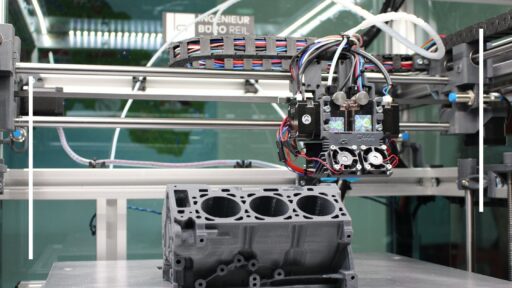Engineering is at the heart of global innovation, shaping industries and society. Yet, the lack of diversity in this critical field is evident. Encouraging women in engineering is more than a necessity—it’s a solution to boosting creativity, driving innovation, and achieving gender equality in STEM. Here’s why we need more female engineers and how addressing the challenges faced by women today can pave the way for a better future.

Gender Gap in Engineering Careers for Women:
Despite progress in gender equality, the number of female engineers remains disproportionately low. The gender gap in STEM, particularly in engineering roles, stems from a lack of representation, societal biases, and limited access to resources for women. Encouraging women to take up engineering jobs requires early intervention, exposure to STEM education for girls, and creating inclusive pathways for careers in engineering.
Breaking Engineering Stereotypes for Women
The perception of engineering as a male-dominated field persists, deterring many young women from pursuing these careers. However, successful women engineers are proving these stereotypes wrong, excelling in fields like mechanical engineering, software development, and civil engineering. Promoting role models and sharing success stories of female engineers can inspire the next generation to challenge norms and build long-term careers in STEM.
Why Gender Diversity in Engineering Fuels Innovation?
Diverse teams outperform homogeneous ones, particularly in problem-solving and innovation. The inclusion of women in STEM fields, especially engineering, adds unique perspectives that drive groundbreaking advancements in technology, renewable energy, AI, and healthcare. When more female engineers contribute to the design and development process, the resulting products and solutions cater to a wider audience, benefiting society as a whole.
Solving the STEM Skills Gap by Encouraging Women Engineers
The demand for skilled engineers is skyrocketing, especially in high-demand sectors like AI, robotics, and green technologies. Encouraging more women in engineering jobs can address the growing STEM skills gap and ensure sustainable growth. Organizations and governments must invest in scholarships for women in STEM, mentorship programs, and training to attract and retain women in engineering careers.
Challenges Faced by Women in Engineering Careers
The problems faced by women today in engineering careers range from gender bias and unequal pay to limited leadership opportunities. These challenges discourage many women from pursuing long-term careers in the industry. Addressing these issues requires systemic changes, such as implementing workplace diversity initiatives, enforcing equal pay policies, and providing leadership training for women engineers.
Empowering Women Engineers Through Education and Mentorship
Education is the cornerstone of empowering female engineers. Early exposure to STEM, combined with mentorship programs, can encourage young women to pursue careers in engineering. Programs like those offered by the Society of Women Engineers provide invaluable support, scholarships, and networking opportunities. Mentors play a crucial role in helping women in engineering navigate their careers and overcome gender stereotypes and workplace biases.
Benefits of Increasing Female Representation in Engineering
Having more female engineers in the workforce leads to increased productivity, better innovation, and improved workplace culture. Research shows that gender-diverse teams deliver superior results, especially in high-stakes industries like construction, aerospace, and IT. By encouraging women in engineering careers, companies can foster a more inclusive, balanced, and dynamic professional environment.
Conclusion: Building a Better Future with Women Engineers
Bringing more women into engineering is not just about achieving gender equality—it’s about enriching the field with diverse perspectives, solving complex global challenges, and addressing the persistent problems faced by women today. As we build a future where female engineers are celebrated and supported, we pave the way for a more innovative, inclusive, and prosperous engineering industry.





